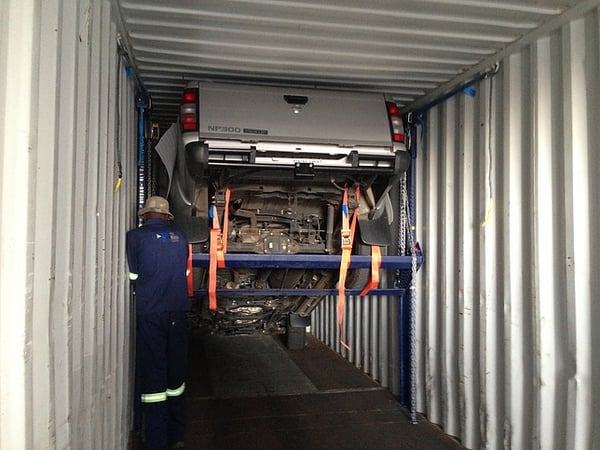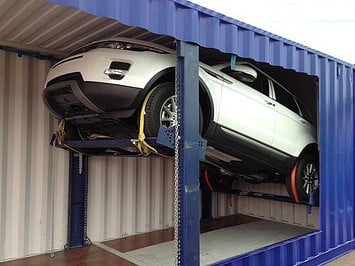
What Is A Roll On Roll Off Vehicle Shipping?
The advent of dedicated RoRo vehicle carrying ocean going ships made that mode of transport the most popular by far for sending cars around the world. It is cheap but slow and the range of destinations is restricted. However, for clients who need a large consignment delivered to a port serviced by one of these ships, there is no cheaper method.
Even then, RoRo is not always ideal, especially for high ticket or specialist cars. It pays to be aware of the disadvantages when making a decision about routing and carriers.
Cannot Send Small Consignments
These ships operate a high volume model to make them pay their way for the owners. The biggest can carry over 8,000 cars and 5,000 is just an average size. They will not accept a small consignment of, say, 10 cars to a small destination, for example.
Restricted To Deep Sea Ports
These are big ocean going vessels needing deep water berthing facilities. That limits the list of destination ports considerably and not all countries offer them.
Require Special Port Facilities
Not every deep water port has the kind of facilities that these transports need. As well as RoRo berths they need suitable approaches and ramps, parking facilities for all of the cars that arrive and an available workforce of enough stevedores to unload all the cars. These ships strive for fast turnaround times to minimise port fees, which involves a burst of labour intensive activity.
Routing Is Very Inflexible Compared With Containerisation
The twin requirements of deep water berth and specialist unloading facilities are not a requirement of container shipping. In fact, for decades, container shipping has excelled at offering speed and flexibility because of the nature of containers. They are designed to be transported by rail, road and air as well as by sea. It means that practically any destination you name can be reached without having to unload a single car en route.
Cars More Easily Damaged
The process of driving the cars on and off a RoRo ship inevitably leads to occasional damage, which will not impress the client. Also, getting them from the port to the eventual destination adds additional risk. By contrast, containerised cars are loaded once and unloaded only at their eventual destination, making the risk of accidental damage far less likely. That makes it irrelevant how many stages the journey consists of – segments by road and rail as well as the sea voyage.
Additional Risk For High Value Vehicles
Cars that are sealed inside a container, stacked many containers deep are immeasurably more secure than cars lashed to the decks of RoRo ships, accessible to anybody. A car on a RoRo ship is visible to everybody. Not so when containerised.
Further Handling
The RoRo port is not the final destination of the vehicles. Therefore, there are additional handlings in terms of storage and movement. This means that there is more time wasted, higher costs involved and an increased risk of damage. With a container, cars are already securely stored and ready to be moved onto the desired final location.
The Bottom Line
There is no doubt that containerisation of your client’s cars delivers some major benefits compared with RoRo:
- Lower risk of damage
- Faster delivery time
- More secure against theft
- Extremely flexible routing
The Trans Rak system is the perfect modern high tensile steel racking system that maximises space utilisation inside a container to carry as many cars as possible. See it in action here in this video and download our free eBook The Containerised Car Transport Guide for more detailed information.















